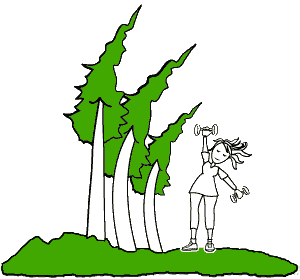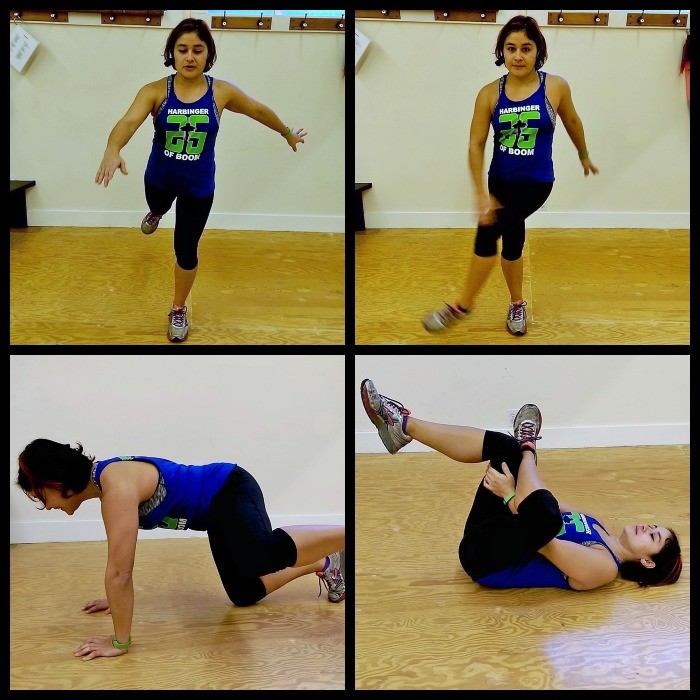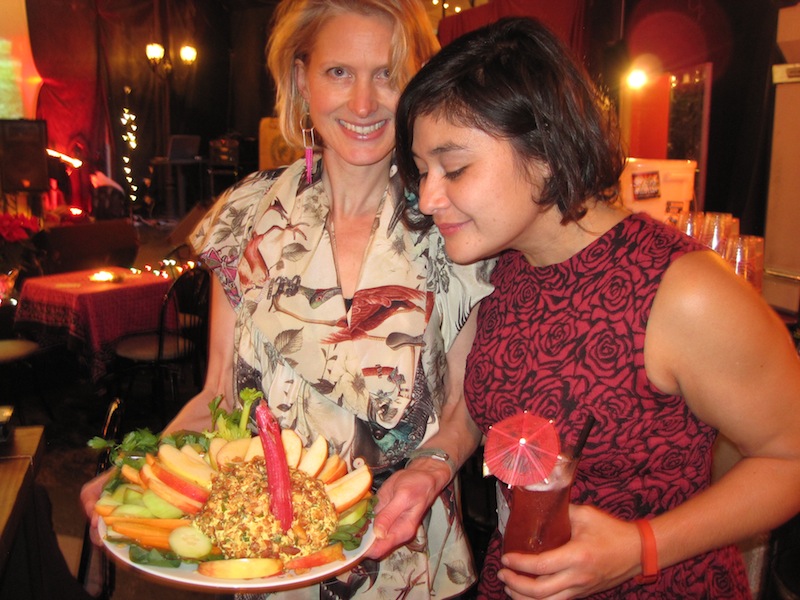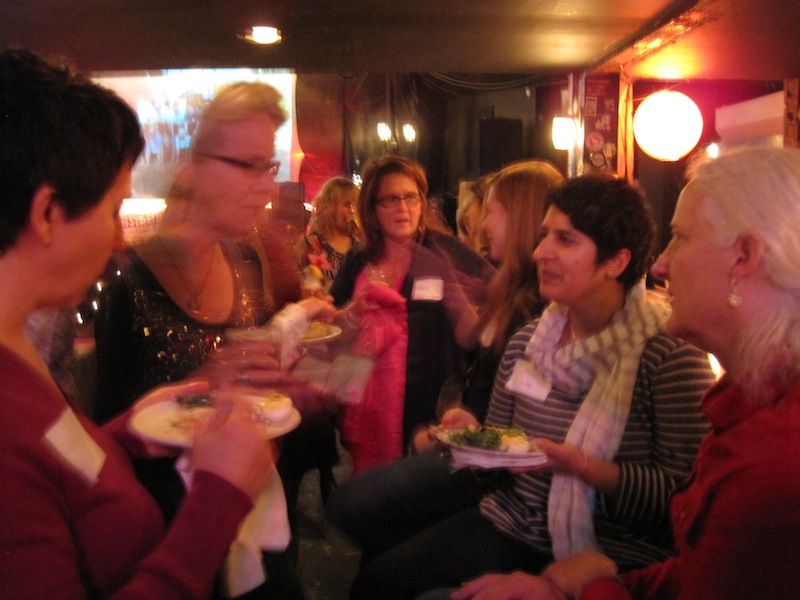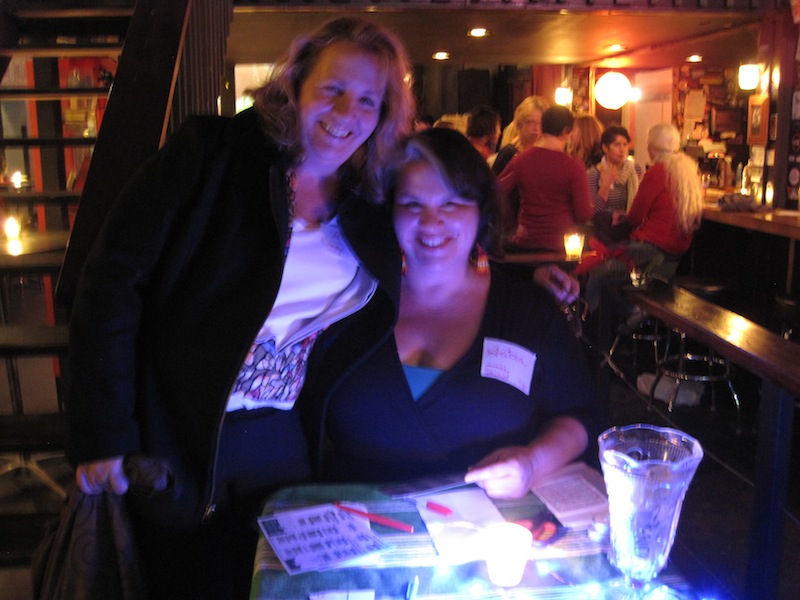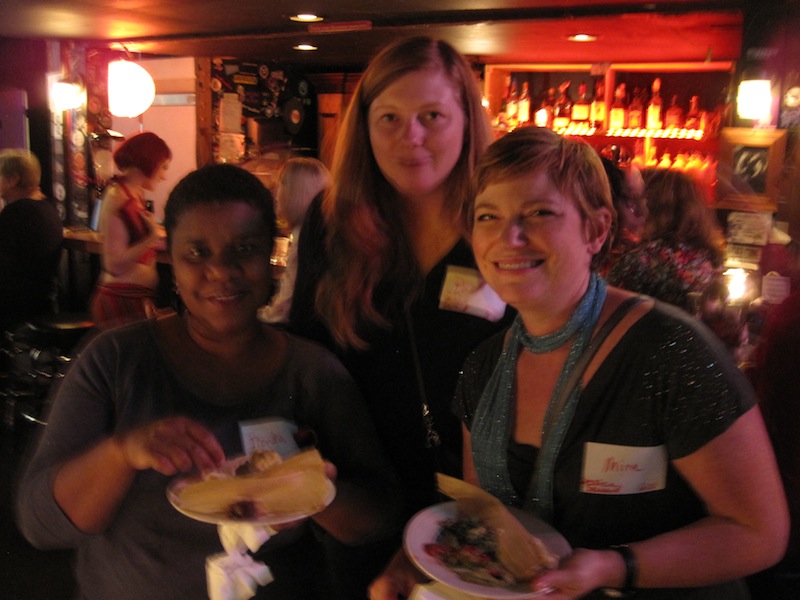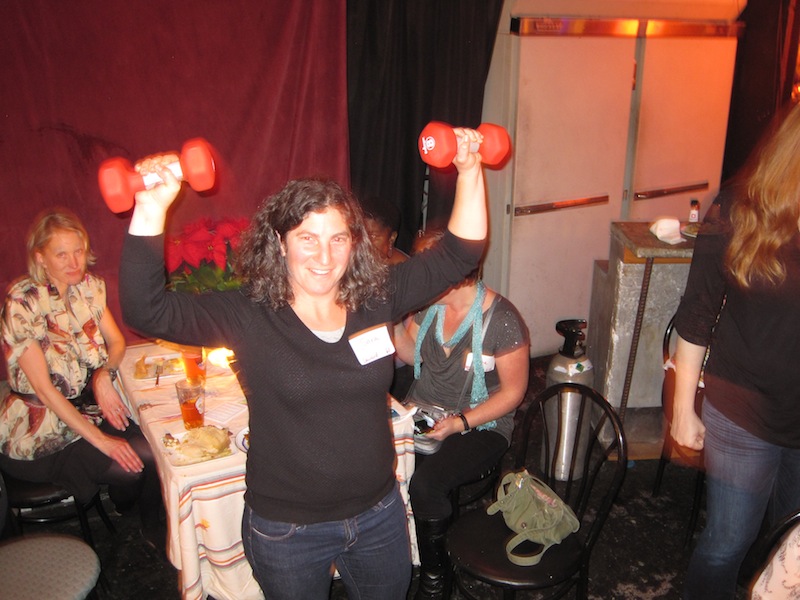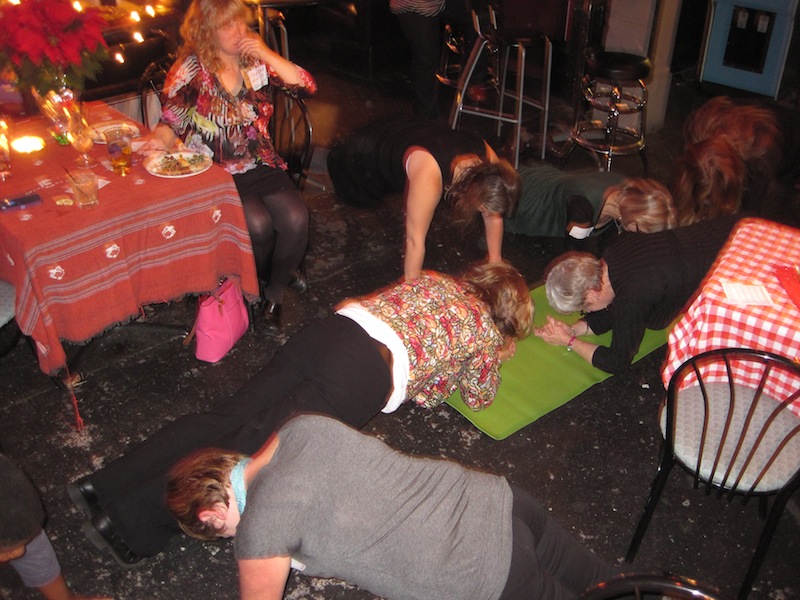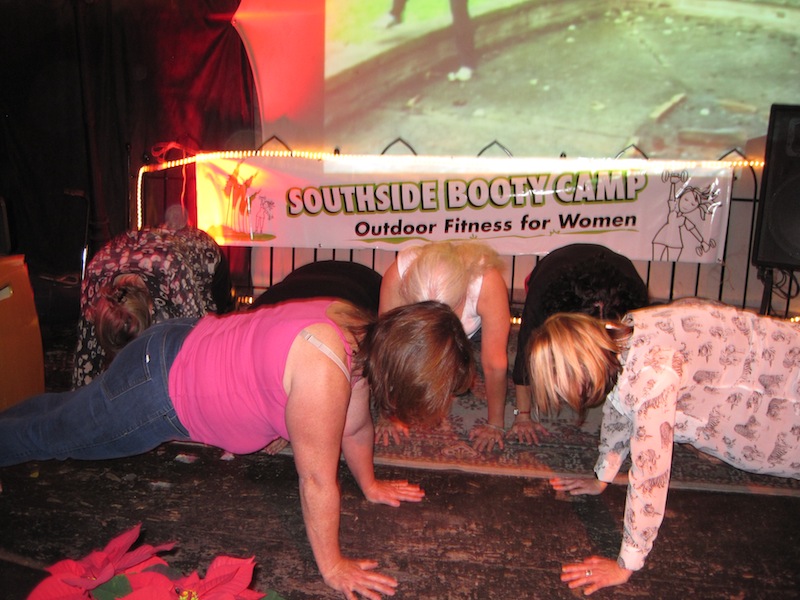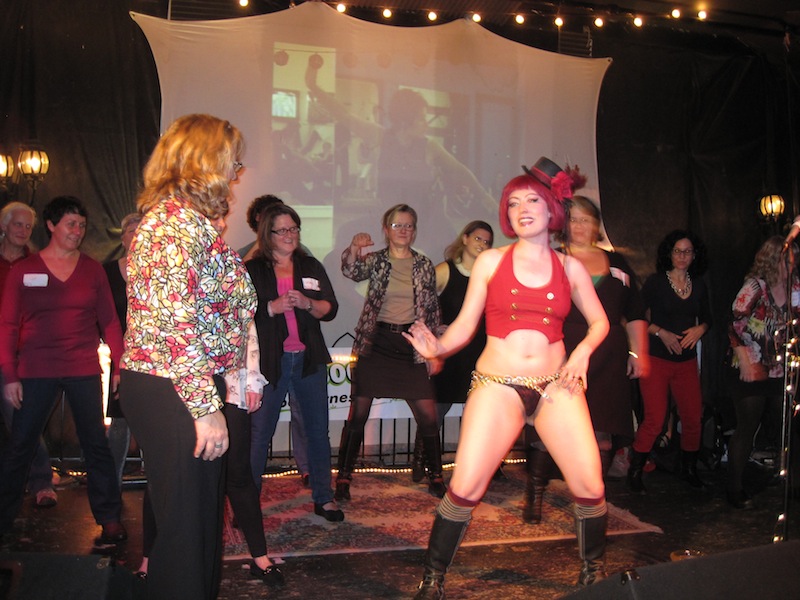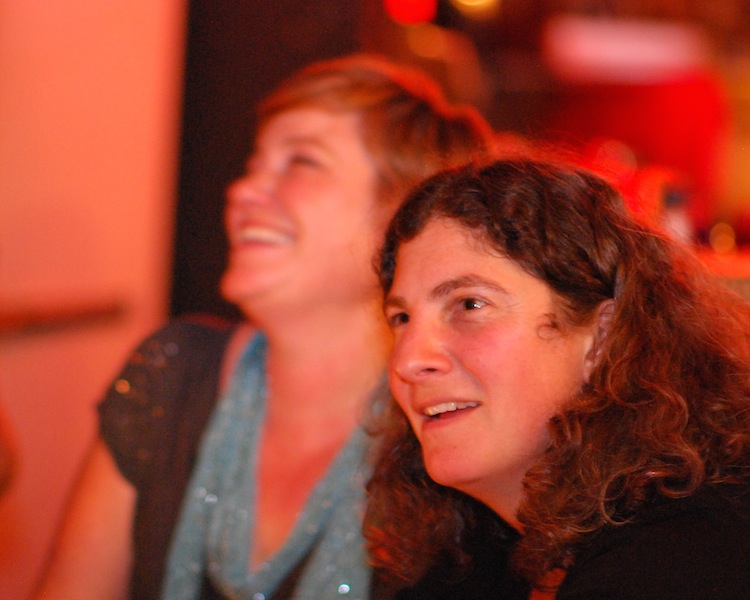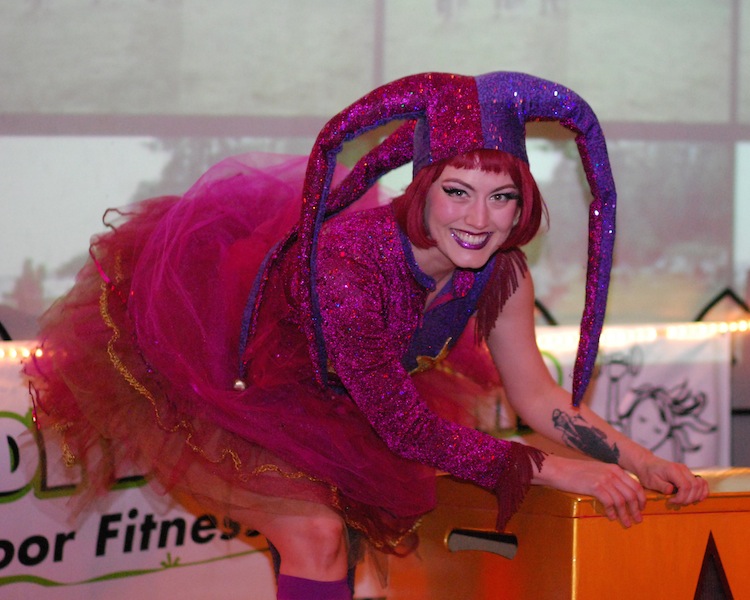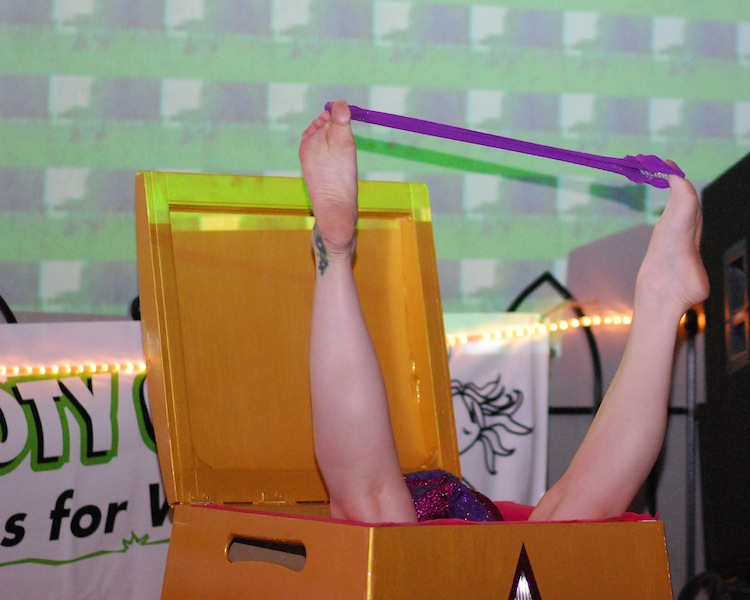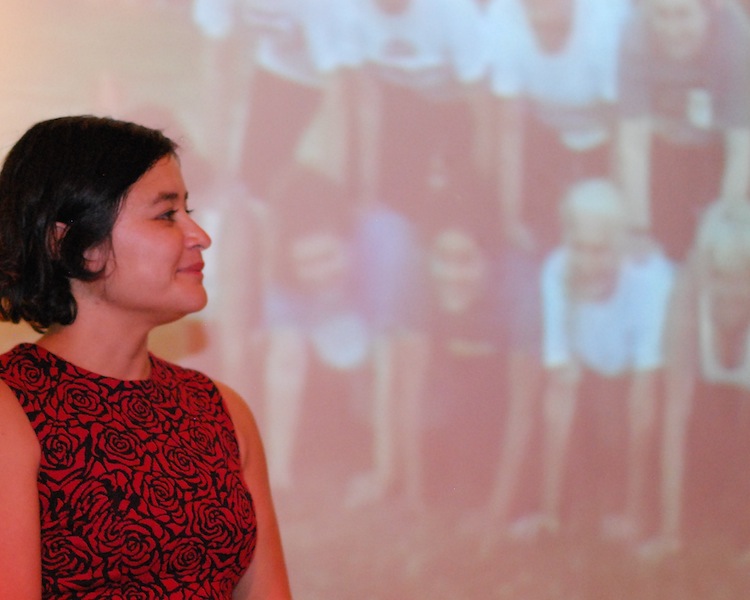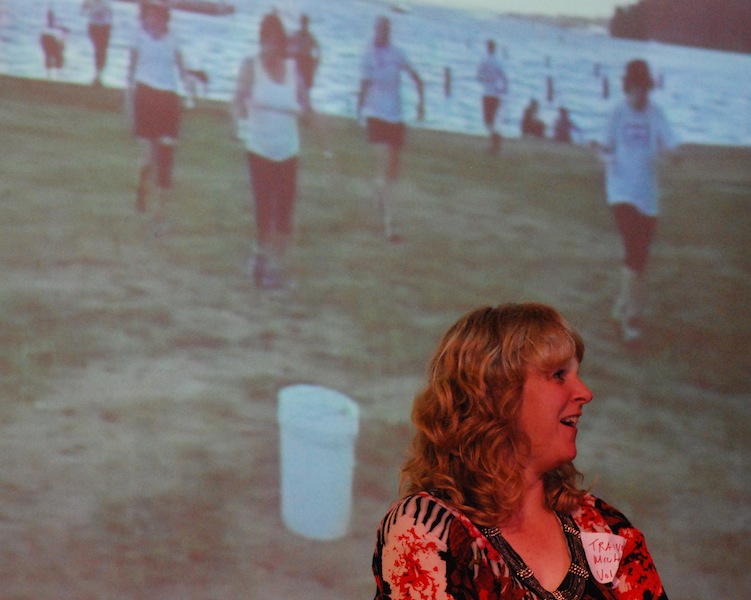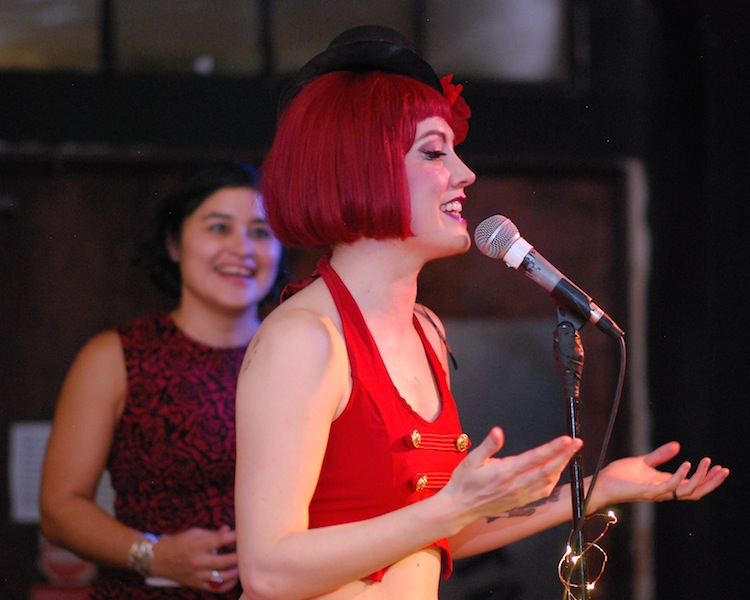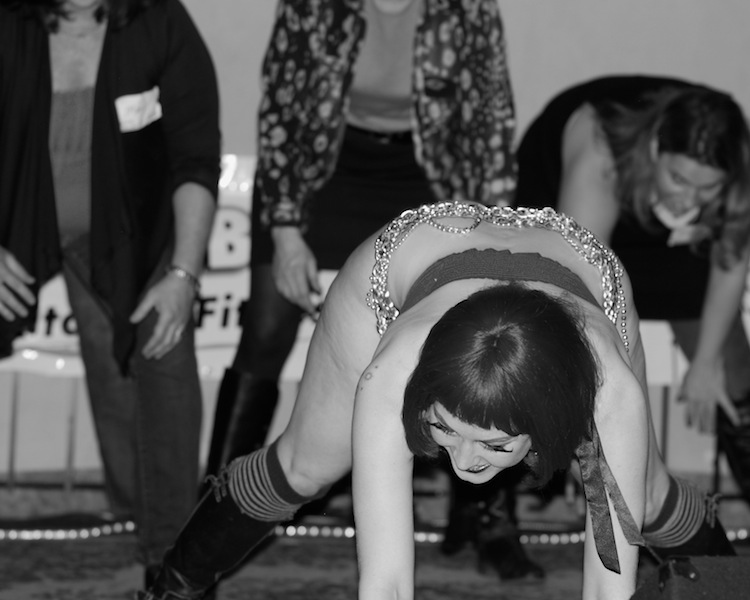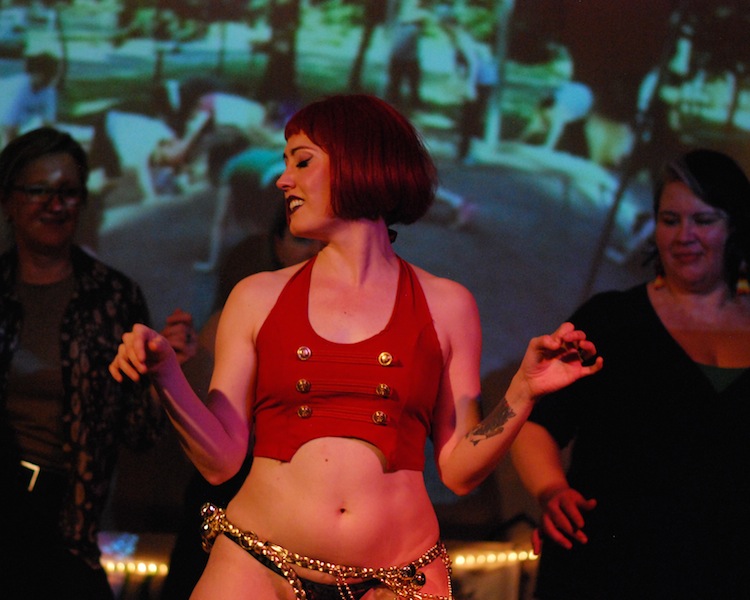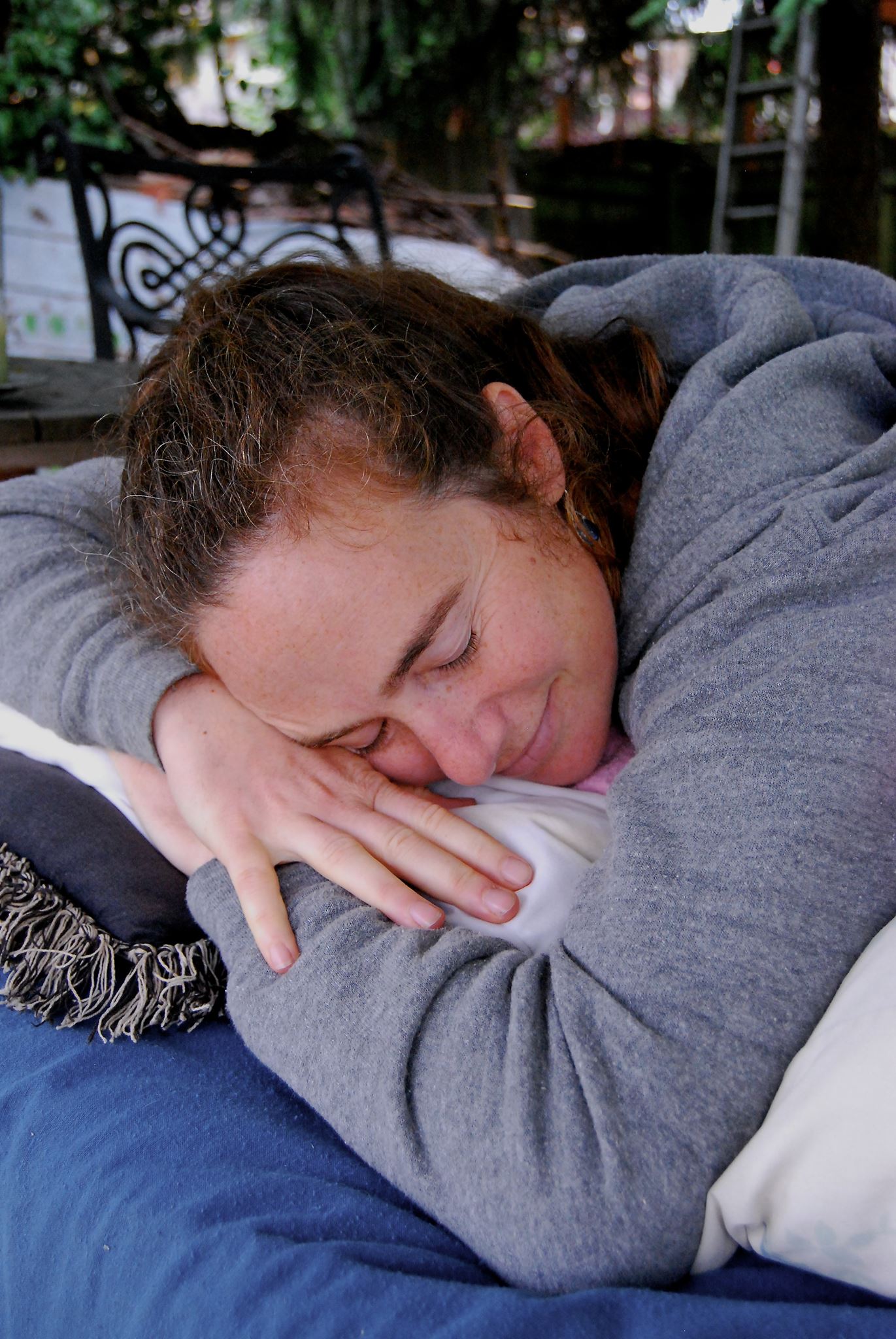 Our hips are the base for most of our body’s movement. They are the powerhouse that offers stability for the core and they are the foundation behind locomotion. They propel us in walking and moving up stairs. They are the structure that gives us strength behind a squat, in kneeling, or in lifting heavy object. The hips and lower back are connected though the pelvis. Your hip muscles attach to the pelvis from below (i.e. psoas major, iliacus, quadriceps femoris group, and the addudctors) and the lower back muscles (erector spinae and quadratus lumborum muscles) attach to the pelvis from above.
Our hips are the base for most of our body’s movement. They are the powerhouse that offers stability for the core and they are the foundation behind locomotion. They propel us in walking and moving up stairs. They are the structure that gives us strength behind a squat, in kneeling, or in lifting heavy object. The hips and lower back are connected though the pelvis. Your hip muscles attach to the pelvis from below (i.e. psoas major, iliacus, quadriceps femoris group, and the addudctors) and the lower back muscles (erector spinae and quadratus lumborum muscles) attach to the pelvis from above.
When we have restricted mobility in our hips, the body compensates and begins to recruit low back muscles to do the work your legs should be doing. A restricted range of motion in the hips creates instability in the low back, oftentimes resulting in low back pain and injury. Why? The low back (lumbar spine) is designed for slight movements—it is not designed to bear loads to compensate for the hips. The body will find the path of least resistance—this is oftentimes where low back pain begins.
Our modern day sedentary lifestyle exacerbates hip immobility. Most Americans sit for over 9 hours per day. Americans, on average, sleep less than 8 hours a day! It is shocking that we sit more than we sleep. Our bodies were meant to move. To walk. To be active. Movement is vital for the health of our hips because the act of movement regenerates fresh cartilage, activates synovial fluid, and maintains range of motion. Sitting most of the day stiffens the hips and can make them weaker from prolonged rest. In order to maintain a healthy hip joint, the ball and socket joint needs to be exercised within all ranges of motion. Walking is the simplest and easiest way to pump nutrients into the hip joints but does not capture the ball and socket’s full range of motion.
At Southside Booty Camp, we incorporate a number of joint rotations and stretches every day that aim to address hip mobility and prepare us for success as we exercise together each morning. However, there are several of these movements you can incorporate in your day-to-day routine to help improve hip mobility gradually. Rather than overwhelm you with stretches and joint rotations, we offer 4 exercises to incorporate into your daily routine. Perform each joint rotation/stretch for 30 seconds on each leg. Give yourself 4 minutes of self-love a day and feel the difference in your hips!
- Front to Back Leg Swings: Keeping your legs straight, swing leg forward and back. The leg should be nice a loose in the hip socket. (20 swings per leg)
- Side to Side Leg Swings: Similarly, keeping your leg straight, swing leg side to side across the front of the body. (20 swings per leg)
- Fire Hydrant Hip Circles: Get into table top position. Pick up one leg. Make big circles in the air with the leg. Do 10 circles to the front and 10 circles to the back for both legs.
- Figure 4 Hip Stretch (or variation): Lay on your back. Plant your feet. Cross one ankle at the knee. Slowly draw your knee in toward your chest. Use your arms to assist the stretch. Hold for 30 seconds. Switch to the other leg.
-Contributed by Trainer Gina
